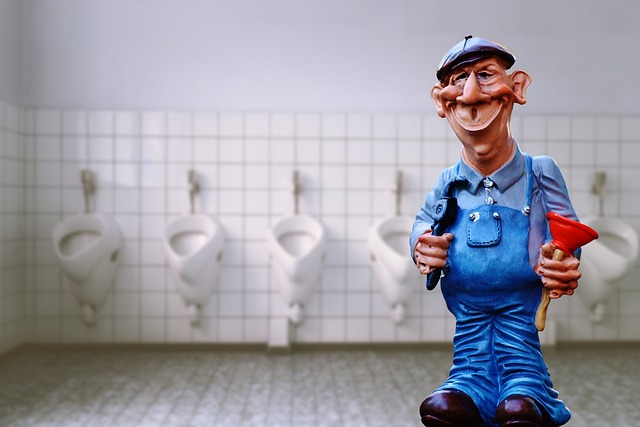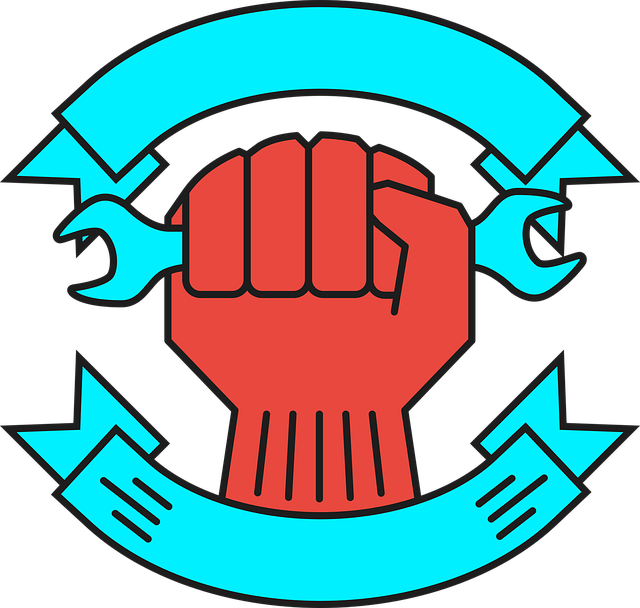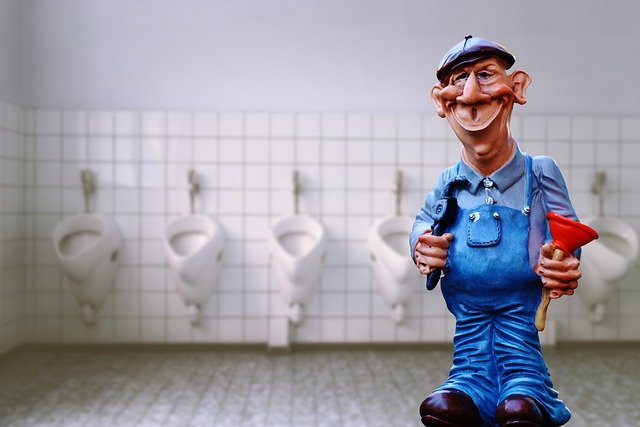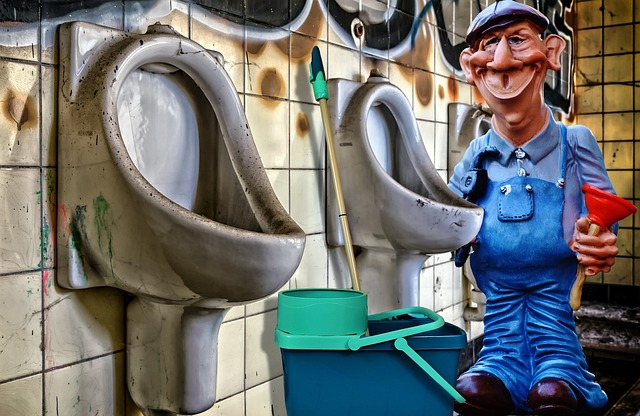Proper plumbing maintenance is key to preventing clogs, leaks, and corrosion. Homeowners should schedule regular inspections, perform DIY tasks like checking for leaks and clearing traps, and insulate pipes in cold climates. Knowing red flags like persistent leaks or unusual sounds indicates when to call a plumber to avoid costly repairs.
As homeowners, proper plumbing care is essential for maintaining a comfortable living space. This guide educates you on best practices to keep your plumbing system running smoothly. Learn about understanding common issues like clogs and leaks, preventing them through regular maintenance tasks, and recognizing signs that demand professional intervention from a plumber. By following these tips, you can avoid costly repairs and ensure your plumbing’s longevity.
- Understanding Common Plumbing Issues and How to Prevent Them
- Regular Maintenance Tasks for Optimal Pipe Health
- When to Call a Plumber: Recognizing Signs of Trouble
Understanding Common Plumbing Issues and How to Prevent Them

Many common plumbing issues can be easily prevented with proper care and maintenance. Homeowners should be aware of potential problems like clogs, leaks, and pipe corrosion to keep their systems running smoothly. Regular tasks such as cleaning drain traps, flushing water heaters, and checking for leaks can significantly reduce the risk of these issues.
A proactive approach involves scheduling routine inspections with a qualified plumber who can identify vulnerabilities before they turn into costly repairs. Preventive measures like using drain covers, avoiding flushing non-biodegradable materials, and maintaining proper ventilation can further safeguard your plumbing system.
Regular Maintenance Tasks for Optimal Pipe Health

Regular maintenance is key to ensuring your plumbing system remains in top condition and prevents costly repairs or disruptions. Homeowners should schedule routine check-ups with a qualified plumber to inspect pipes, fixtures, and appliances for any signs of damage, leaks, or corrosion. A professional can also provide recommendations tailored to your specific plumbing setup.
Simple do-it-yourself tasks include periodically checking for leaks around faucets and appliances, clearing drain traps of grease and hair buildup, and insulating pipes in colder climates to prevent freezing. Regular maintenance not only saves money but also extends the lifespan of your plumbing system, ensuring reliable service when you need it most.
When to Call a Plumber: Recognizing Signs of Trouble

Knowing when to call a plumber is an essential part of maintaining your home’s plumbing system. While some issues can be addressed by homeowners, recognizing signs of trouble early on can prevent small problems from escalating into costly repairs or even emergencies. Regular maintenance checks are beneficial, but there are specific indicators that demand professional attention.
Common red flags include persistent leaks, unexpected water pressure drops, or unusual sounds coming from pipes and fixtures. If you notice water damage around faucets, toilets, or walls, it could point to a burst pipe or faulty plumbing. Additionally, constant clogs, low water pressure, or heated water that takes too long to reach the tap might indicate issues with your water heater or drain lines that require immediate plumber intervention.
By implementing these best practices for plumbing care, homeowners can significantly reduce common issues and extend the lifespan of their pipes. Regular maintenance and proactive measures, such as cleaning drains and checking for leaks, are key to avoiding costly repairs. Remember, while many minor problems can be addressed DIY-style, recognizing when to call a plumber is essential. Signs of more serious trouble, like persistent clogs or severe water pressure issues, should prompt immediate professional attention. With the right knowledge and care, homeowners can ensure their plumbing systems remain in top shape.
